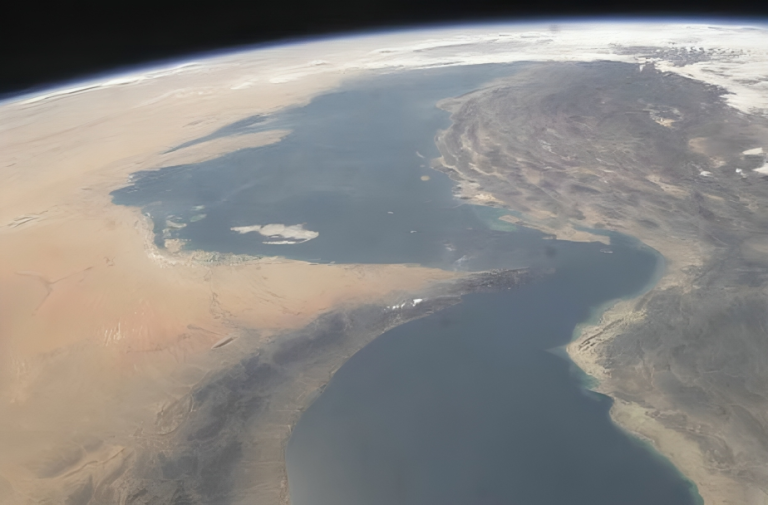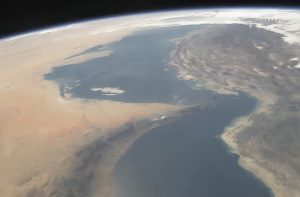Soil is the topmost layer of the continental crust having weathered particles of rocks. The soils of India are the product of physical factors as well as human factors.
Soil can be simply defined as a mixture of small rock particles/debris and organic materials/ humus which develop on the earth’s surface and support the growth of plants.
Factors that influence soil formation:
- Parent Material
- Relief/Topography
- Climate
- Natural Vegetation & Biological factors
- Time
Geologically, Indian soils can broadly be divided into soils of peninsular India and soils of extra-peninsular India. The soils of Peninsular India are formed by the decomposition of rocks in situ, i.e. directly from the underlying rocks. Soils of Peninsular India are transported and re-deposited to a limited extent and are known as sedentary soils. The soils of the Extra-Peninsula are formed due to the depositional work of rivers and wind. They are very deep. They are often referred to as transported or azonal soils.
There are seven soil deposits in India. They are alluvial soil, black soil, red soil, laterite soil, or arid soil, forest and mountainous soil, marsh soil. These soils are formed by the sediments brought down by the rivers. They are also have varied chemical properties. Sundarbans mangrove swamps are rich in Marsh soil.
Indian council of agricultural research had divided Indian soils into 8 major groups:
| Type of soil | Occurrence | Composition | Crops grown |
| Alluvial | Punjab , Haryana, U.P ,Bihar, Jharkhand | Rich in phosphorus , potash ,lime but deficient in nitrogen | Large variety of rabi and kharif crops such as wheat , rice , sugarcane , cotton and jute |
| Black | Deccan plateau, valleys of Krishna and Godavari , Andhra Pradesh , Madhya Pradesh ,Tamil Nadu | Rich in iron , lime , aluminium, magnesium , calcium but lacks in nitrogen , phosphorus ,humus | Cotton , sugarcane, jowar , wheat |
| Red | Eastern parts of Deccan Plateau , Tamil Nadu , Goa , Odisha , West Bengal | Rich in iron and potash but deficient in lime , nitrogen , phosphorus and humus | Wheat , rice , cotton , sugarcane, pulses |
| Laterite | Summits of Everest and western ghats , Assam hills , Andhra Pradesh , Karnataka, West Bengal and Odisha | Rich in iron but poor in silica , lime phosphorus , potash and humus | Tea , coffee , rubber , cashew and millets |
| Desert | West and north- west India , Rajasthan ,north Gujrat and southern Punjab | Rich in soluble salts but deficient in organic matter | Generally unsuitable for cultivation but with irrigation useful for cultivation of drought – resistant crops like lime , millets , barley , cotton, maize, pulses |
| Mountain | Hills of Jammu and Kashmir ,Uttarakhand and Assam hills | Rich in iron and humus but deficient in lime | With the use of fertilizers , tea , fruits , medicinal plants can be grown |
| Saline and Alkaline | Drier parts of Bihar ,Jharkhand , Uttar Pradesh , Haryana , Punjab , Rajasthan , Maharashtra | Contains large amount of soluble salts such as sodium , magnesium , calcium | Unfit for agriculture |
| Peaty and Marshy | Kerela , Coastal region of Odisha , Tamil Nadu and Sundarbans of West Bengal | Contains large number of soluble salts and organic matter but lacks in potash and phosphate | Useful for rice and jute cultivation |
These were the major forms of soils recognized in India that are found in different regions with different compositions and colors in the country. Soil is one of the most important resources of the country as farming is practiced on a large scale in the country by people for their livelihood.
The readers can subscribe to SSBCrackExams to get more informative articles in their feed. All the best.
Also Read:























